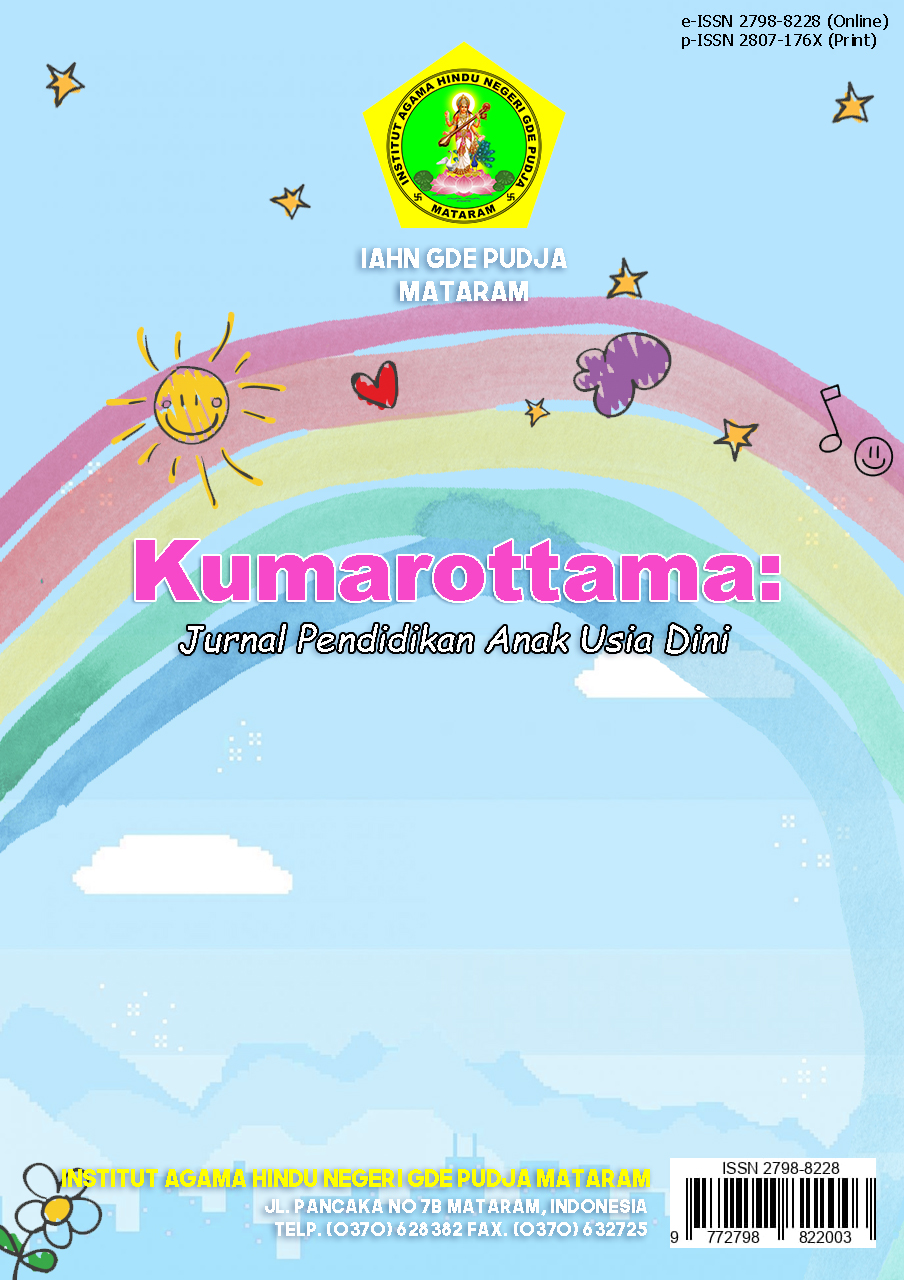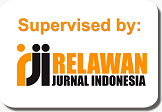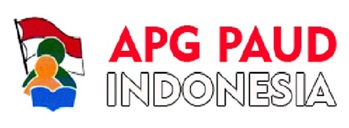HAK DAN PERLINDUNGAN ANAK MENURUT HUKUM HINDU
Abstract
Children according to Hindu law have rights and obligations as children. These rights are generally obtained from the time the child is still in the womb until the time the child dies. Child protection is actions to guarantee, protect children and children's rights so that they can grow and develop. This study uses a literature research method or literature study that examines the Hindu legal order in understanding the rights and protection of children. Hindu law emphasizes that parents are obligated to provide protection for children in all matters including the fields of education, health and social welfare of children. The study of Hindu law is in accordance with applicable law in Indonesia, namely the implementation of child protection that is considered in making decisions relating to the future of the child. continuously regardless of ethnicity, religion, race, or class.
References
Databoks, Katadata. (2021). Penduduk Bali Capai 4,27 Juta, Mayoritas Usia Produktif. Diakses pada tanggal 19 Februari 2022 dari https://databoks.katadata.co.id/datapublish/2021/12/03/penduduk-bali-capai-427-juta-mayoritas-usia-produktif.
Darmayasa, I Made, (2014). Canakya Niti Sastra. Surabaya : Paramita.
Dharmayana, I. W. B., & Wiguna, I. B. A. A. (2021). PERAN PENDIDIKAN PRAMUKA DALAM MENUMBUHKAN PENDIDIKAN KARAKTER ANAK USIA 11-15 TAHUN. Padma Sari: Jurnal Ilmu Pendidikan, 1(01), 56-70. https://doi.org/https://doi.org/10.53977/ps.v1i01.352
Kajeng, I Nyoman, (1997). Sarasamuscaya. Jakarta: Hanuman Sakti.
Kementerian Pemberdayaan Perempuan dan Perlindungan Anak. (2020). Profil Anak Indonesia. Jakarta: Kemen PPPA.
Kementerian Pendidikan Nasional. (2014). Permendikbud No 146 Tahun 2014.8(33),37.http://paud.kemdikbud.go.id/
Komisi Perlindungan Anak Indonesia, Update Data Infografis KPAI, diakses 20 Februari 2022 https://www.kpai.go.id/publikasi
Laurensius Arliman S. (2015). Komnas HAM Dan Perlindungan Anak Pelaku Tindak Pidana. Yogyakarta: Deepublish.
Lefaan dan Suryana. (2018). Tinjauan Psikologi Hukum Dalam Perlindungan Anak. Yogyakarta: Deepublish.
Pudja, Gde dan Sudharta, Tjokorda Rai. (1878). Manawa Dharmasastra (Manu Dharmacastra). Dit. Jen Bimas Hindu dan Departemen Agama RI, Jakarta.
Raka Mas, A. A. Gede. (2002). Perkawinan Yang Ideal. Surabaya: Paramita.
Santrock, John W. (2007).Perkembangan Anak (Edisi 11 Terjemahan). Jakarta: Erlangga.
SIMFONI PPA (Sistem Informasi Online Perlindungan Perempuan dan Anak), diakses 20 Februari 2022https://kekerasan.kemenpppa.go.id/ringkasan
Sugiyono, (2015). Metode Penelitian Kuantitatif, Kualitatif, dan R&D. Bandung: Alfabeta.
Sunariyadi, N. S., & Yuni Andari, I. A. M. (2021). IMPLIKASI POLA ASUH ORANG TUA DALAM PENUMBUHKEMBANGAN KARAKTER ANAK USIA DINI. Kumarottama: Jurnal Pendidikan Anak Usia Dini, 1(1), 49-60. https://doi.org/https://doi.org/10.53977/kumarottama.v1i1.266
Susani Triwahyuningsih. (2018). Perlindungan Dan Penegakan Hak Asasi Manusia (HAM) Di Indonesia. Vol 2. No 2. DOI: 10.24269/ls.v2i2.1242
Tyas.D.C. (2019). Hak Dan Kewajiban Anak. Alpirin.
Undang-Undang Republik Indonesia Nomor 23 Tahun 2005 Tentang Perlindungan Anak.
Undang-Undang Nomor 39 Tahun 1999 tentang Hak Asasi Manusia.
Widyasanti, N. P. (2021). STRATEGI PENGEMBANGAN KREATIVITAS ANAK USIA DINI DIMASA PANDEMI. Kumarottama: Jurnal Pendidikan Anak Usia Dini, 1(1), 74-83. https://doi.org/https://doi.org/10.53977/kumarottama.v1i1.287

This work is licensed under a Creative Commons Attribution-ShareAlike 4.0 International License.
Authors who publish with this journal agree to the following terms:
- Authors retain copyright and grant the journal right of first publication with the work simultaneously licensed under a Creative Commons Attribution-ShareAlike 4.0 International License that allows others to share the work with an acknowledgement of the works authorship and initial publication in this journal.
- Authors are able to enter into separate, additional contractual arrangements for the non-exclusive distribution of the journals published version of the work (e.g., post it to an institutional repository or publish it in a book), with an acknowledgement of its initial publication in this journal.
- Authors are permitted and encouraged to post their work online (e.g., in institutional repositories or on their website) prior to and during the submission process, as it can lead to productive exchanges, as well as earlier and greater citation of published work (See The Effect of Open Access).











.png)














